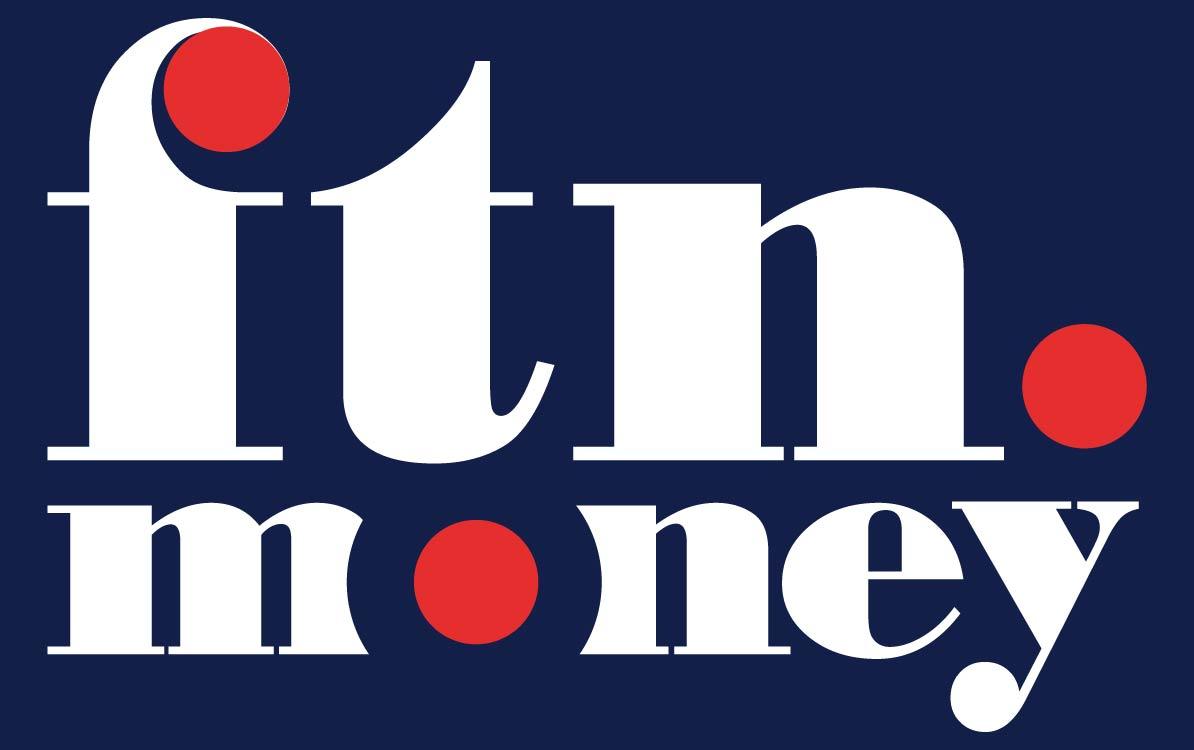The Role of Compliance in Cross-Border Payments: Challenges, Innovations, and Future Trends
Why Compliance is the Backbone of Cross-Border Payments
In today’s interconnected global economy, cross-border payments are the lifeblood of international trade and commerce. However, ensuring the integrity and security of these transactions requires robust compliance frameworks. Compliance is not just a regulatory necessity but a critical component that underpins trust, reduces fraud, and facilitates seamless financial transactions.
According to the World Bank, cross-border payments have grown significantly over the past decade, driven by the rise of e-commerce and global trade. However, compliance challenges remain a significant barrier to their efficiency and scalability. The International Monetary Fund (IMF) highlights that compliance with Anti-Money Laundering (AML) and Know Your Customer (KYC) regulations is essential to prevent financial crimes and maintain the stability of the global economic system.
AML & KYC Regulations: The Global Standards and Their Impact
AML and KYC regulations are the cornerstone of financial compliance. These regulations aim to prevent the use of the financial system for money laundering and terrorist financing. The Financial Action Task Force (FATF), an intergovernmental body, sets global standards for AML and KYC practices. Compliance with these standards is mandatory for financial institutions worldwide.
Recent data from the Bank for International Settlements (BIS) indicates that AML and KYC compliance can significantly increase transaction verification times. However, these measures are crucial in reducing fraud risks. For instance, a case study by SWIFT demonstrates how its compliance framework has strengthened global transactions by implementing robust KYC and AML checks.
The Cost of Non-Compliance: How Banks and Fintechs Face Heavy Fines
Non-compliance with regulatory standards can have severe consequences for financial institutions. The FATF maintains a blacklist of countries that fail to meet its standards, limiting their access to global banking services. This can have a cascading effect on international money movement, as seen in several cases where countries faced banking restrictions due to non-compliance.
Major banks and fintech companies have faced significant fines for non-compliance. For example, HSBC was fined $1.92 billion in 2012 for failing to comply with AML regulations. These fines not only impact the financial bottom line but also pose reputational risks, making compliance a critical priority for financial institutions.
RegTech: How AI and Blockchain are Revolutionising Compliance
Technological innovations are transforming the compliance landscape. RegTech, or regulatory technology, leverages AI, blockchain, and other advanced technologies to streamline compliance processes. AI-based identity verification can significantly reduce the time and cost associated with KYC checks. Blockchain, on the other hand, offers a secure and transparent way to track compliance across borders.
A report by McKinsey highlights that AI-driven fraud detection systems can identify suspicious transactions in real-time, enhancing security and reducing fraud risks. Similarly, blockchain-based compliance tracking can help financial institutions meet regulatory requirements more efficiently.
Comparing Compliance Models: Banks vs. Fintech Companies
Traditional banks and fintech companies face different compliance challenges. Banks are often burdened by legacy systems and complex regulatory frameworks. In contrast, fintech companies can leverage agile technologies to develop innovative compliance solutions. However, they must also navigate a rapidly evolving regulatory environment.
A comparison table illustrates the key differences and potential solutions:
| Compliance Challenge | Impact on Cross-Border Payments | Technology Solution |
| AML & KYC Requirements | Increases transaction verification time, reducing fraud risks | AI-based identity verification |
| Regulatory Differences by Country | Increases complexity and cost for multinational transactions | Global standardisation initiatives (ISO 20022, SWIFT GPI) |
| FATF Blacklists & Sanctions | Limits access to global banking for certain countries | Blockchain-based compliance tracking |
| Real-Time Payments & Fraud Risks | Increases risk of instant fraud if not properly monitored | AI-driven fraud detection systems |
| Data Privacy Laws (GDPR, CCPA) | Requires stricter data handling practices | Secure, encrypted RegTech platforms |
The Future of Compliance in a Real-Time Cross-Border Payment World
As cross-border payments continue to evolve, compliance must keep pace. The rise of Central Bank Digital Currencies (CBDCs) presents new challenges and opportunities. CBDCs can enhance the efficiency of cross-border transactions but require robust compliance frameworks to prevent financial crimes.
The SWIFT Global Payments Innovation (GPI) initiative aims to standardise cross-border payments, making them faster, more transparent, and compliant. Similarly, global standardisation initiatives like ISO 20022 are crucial in harmonising regulatory requirements across regions.
Case Study: How SWIFT’s Compliance Framework is Strengthening Global Transactions
SWIFT’s compliance framework is a prime example of how technology and regulation can work together to enhance cross-border payments. By implementing robust KYC and AML checks, SWIFT ensures that transactions are secure and compliant. This framework has significantly reduced the risk of financial crimes and improved the overall trust in the global financial system.
FATF Blacklists and Their Effect on International Money Movement
The FATF’s blacklist of non-compliant countries has a profound impact on international money movement. Countries on this list face severe restrictions on their access to global banking services, disrupting international trade and economic growth. This underscores the importance of compliance in maintaining the stability and integrity of the global financial system.
How Digital Identity Verification is Transforming Cross-Border KYC Processes
Digital identity verification is revolutionising KYC processes. AI-based solutions can verify identities in real-time, reducing the time and cost associated with traditional KYC checks. This not only enhances compliance but also improves the customer experience.
The Role of Machine Learning in Fraud Detection and Regulatory Compliance
Machine learning algorithms can analyse vast amounts of data to identify patterns and detect fraudulent activities. This technology is crucial in real-time fraud detection and regulatory compliance. By leveraging machine learning, financial institutions can proactively identify and mitigate risks, ensuring the security of cross-border transactions.
The Rise of Central Bank Digital Currencies (CBDCs) and Their Compliance Challenges
The rise of CBDCs presents new compliance challenges. While CBDCs can enhance the efficiency of cross-border payments, they also require robust regulatory frameworks to prevent financial crimes. Central banks worldwide are actively exploring the potential of CBDCs, balancing innovation with compliance.
Call-to-Action & Engagement Strategy
We encourage readers to share their insights on compliance challenges in cross-border payments. As the financial landscape continues to evolve, your perspectives are invaluable. Will AI and blockchain fully replace human-led compliance processes in global transactions? Let us know your thoughts!
Practical Takeaways for Financial Professionals
- Leverage RegTech Solutions: Invest in AI and blockchain-based compliance technologies to streamline processes and reduce costs.
- Stay Updated on Global Standards: Keep abreast of FATF and other regulatory guidelines to ensure compliance.
- Enhance Digital Identity Verification: Implement advanced digital identity verification solutions to improve KYC processes.
- Proactive Fraud Detection: Utilise machine learning algorithms for real-time fraud detection and regulatory compliance.
- Engage in Global Standardisation Initiatives: Participate in initiatives like SWIFT GPI and ISO 20022 to harmonise regulatory requirements.
Footer: Referenced Sources & Citations
- World Bank
- International Monetary Fund (IMF)
- Financial Action Task Force (FATF)
- Bank for International Settlements (BIS)
- SWIFT
- HSBC
- McKinsey
This article provides an overview of compliance in cross-border payments. Readers should consult financial professionals before making financial decisions





